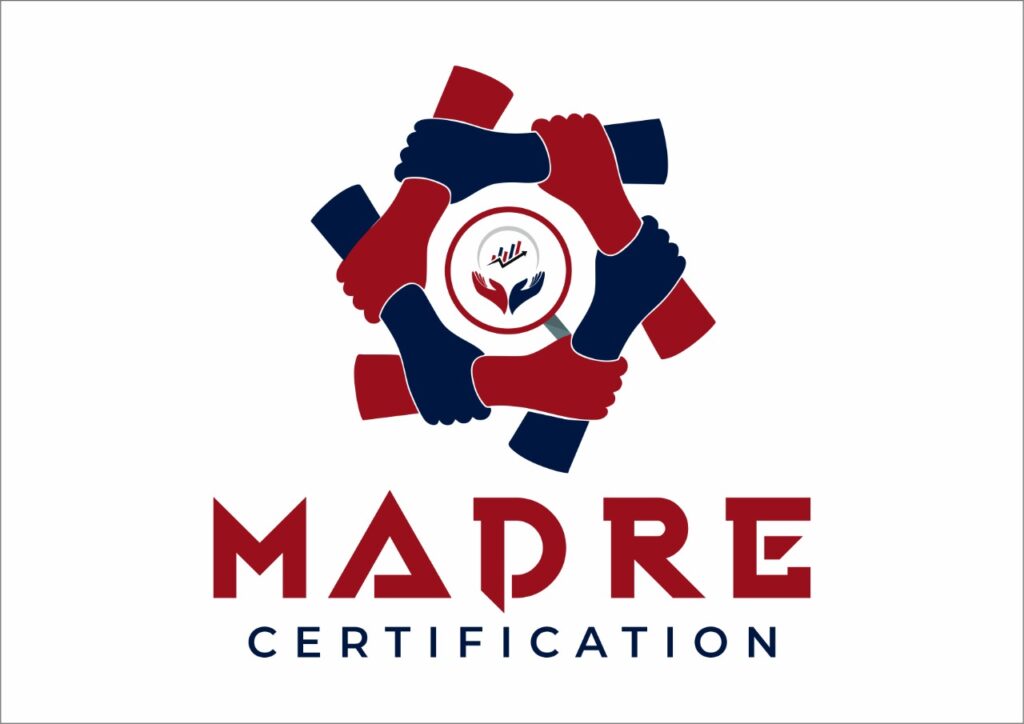Risk based thinking seeks to ensure that preventive actions are embedded within your operations and management system. It is a systematic and proactive approach to determining, assessing and addressing risk. It should not be a separate component of your management system, rather applied at every stage and by everyone. It enables your organisation to determine factors that may cause your management system or processes to deviate from planned results – and to put in place actions to address any potential negative effects, whilst also pursuing potential opportunities.
How can I identify & manage risk?
There are many ways to identify risk, from established methodologies such as ‘PESTLE’ or SWOT’ analysis, through to dedicated ISO standards such as ISO 31000. There are of course less formal methods – from observation, interview, discussion and straightforward knowledge and understanding of your organisation, product, service and process. Whichever method you choose, keep in mind the goal – you are looking for the uncertainties within your management system or operations that can cause a loss of confidence in the management system.
It is important to involve as many people as practical and possible in the process. Risk can be subjective and so to get input from direct and indirect resources may help you.
Remember – risk does not have to be negative
Consider competition, this is a risk to any organisation, but it can be used as a starting point to determine opportunities within your sector. Remember
also that for ISO 45001, there is a difference between ‘OH&S risks’ and ‘other risks to the OH&S management system’.
Not all of the ISO standards require that you document your risks, but they do require that you review the effectiveness of the actions that you take as part
of your management review process. The actions you take will be relevant to your organisation and the determined level of risk, however there are some key stages of a ‘risk management programme’ that you can consider –
-
Identify the risk
-
Evaluate and analyse
-
Take action
-
Monitor the result
-
Control the risk
What are the benefits?
There are many potential benefits, but overall the intention is to seek consistency in goods and services and how they are provided. It can help to improve confidence both internally and externally. Taking a risk based approach may help you improve customer satisfaction and confidence, as well as establishing a proactive approach to internal and external issues within your organisation, for example –
-
Output consistency
-
Achieving objectives
-
Compliance
-
Efficiency & effectiveness
-
Improved perception
-
Controlled management of change
-
Achieving improvement via a consistent cultural approach
To view our schedule of free webinars and book on to them visit our Academy
We are happy for any suggestions on topics and during the events you can interact with the expert tutors and ask any questions you may have. We can also offer CPD certificates of attendance if required.




